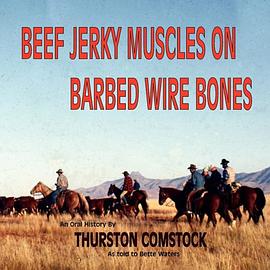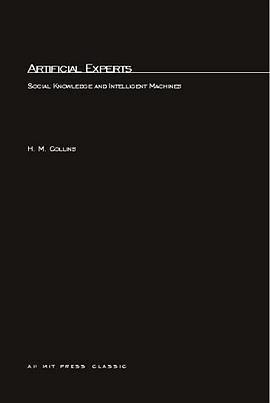

具體描述
In recent decades the international community has focused its attention on trafficking in persons, one of the most worrying phenomena of the 21st century. In Part I, this book examines trafficking in persons in the light of the recent definition of the phenomenon given by the UN Trafficking Protocol, and various other international legal instruments including treaties and 'soft law'. It analyses trafficking causes and consequences, and the most common forms of exploitation related to it. Part II reviews the most important international conventions against slavery and the slave trade, and the Protocol to Prevent, Suppress and Punish Trafficking in Persons, Especially Women and Children. It also analyses the most important policy documents setting the basic standards of protection for trafficked victims - namely the United Nations High Commissioner for Human Rights' Recommended Principles and Guidelines on Human Rights and Human Trafficking - and comments on the extension of the jus cogens principle of international law that prohibits slavery, to argue that trafficking in persons ought rightly to be considered a part of it.Part III deals with the Council of Europe and the European Union, and their fight against trafficking in people, arguing that the focus has been placed mistakenly on the prosecution of traffickers rather than on the protection of trafficked victims. The book concludes with a recommendation to shift towards a more balanced approach to trafficking in persons, and the overriding need to conduct further research on specific issues related to the spread of trafficking and the exploitation of its victims.
著者簡介
圖書目錄
讀後感
評分
評分
評分
評分
用戶評價
相關圖書
本站所有內容均為互聯網搜索引擎提供的公開搜索信息,本站不存儲任何數據與內容,任何內容與數據均與本站無關,如有需要請聯繫相關搜索引擎包括但不限於百度,google,bing,sogou 等
© 2025 book.quotespace.org All Rights Reserved. 小美書屋 版权所有




















